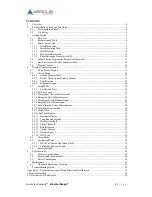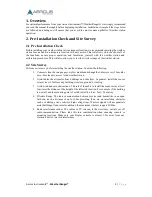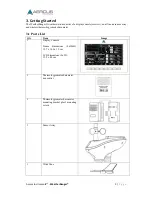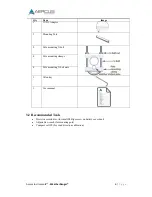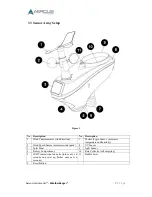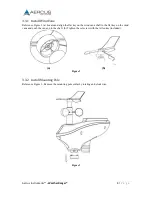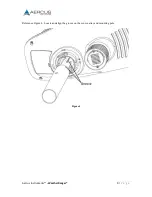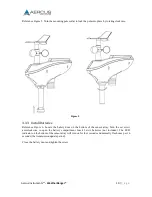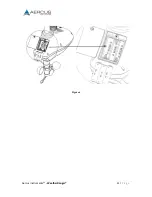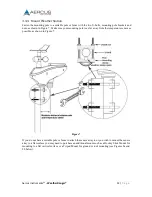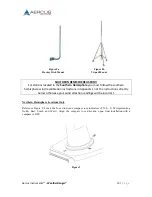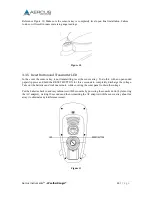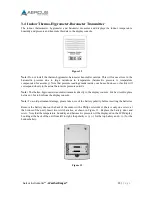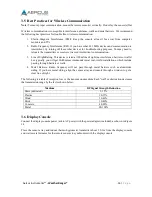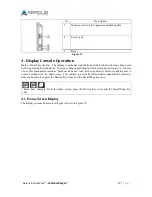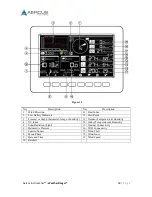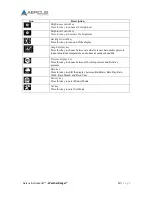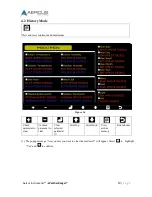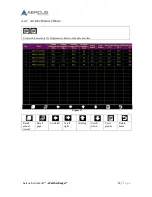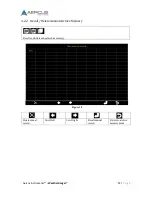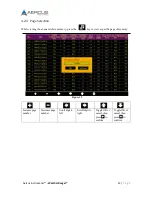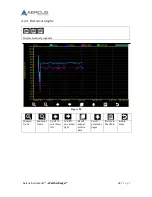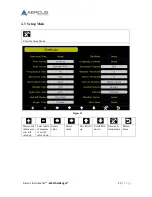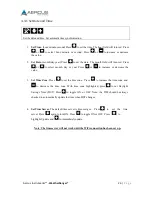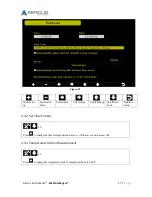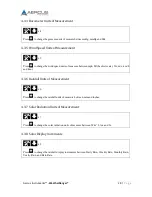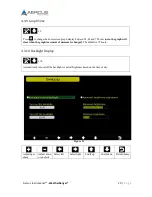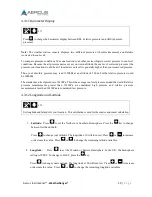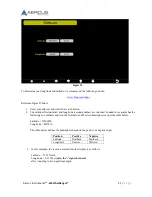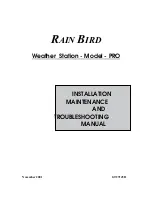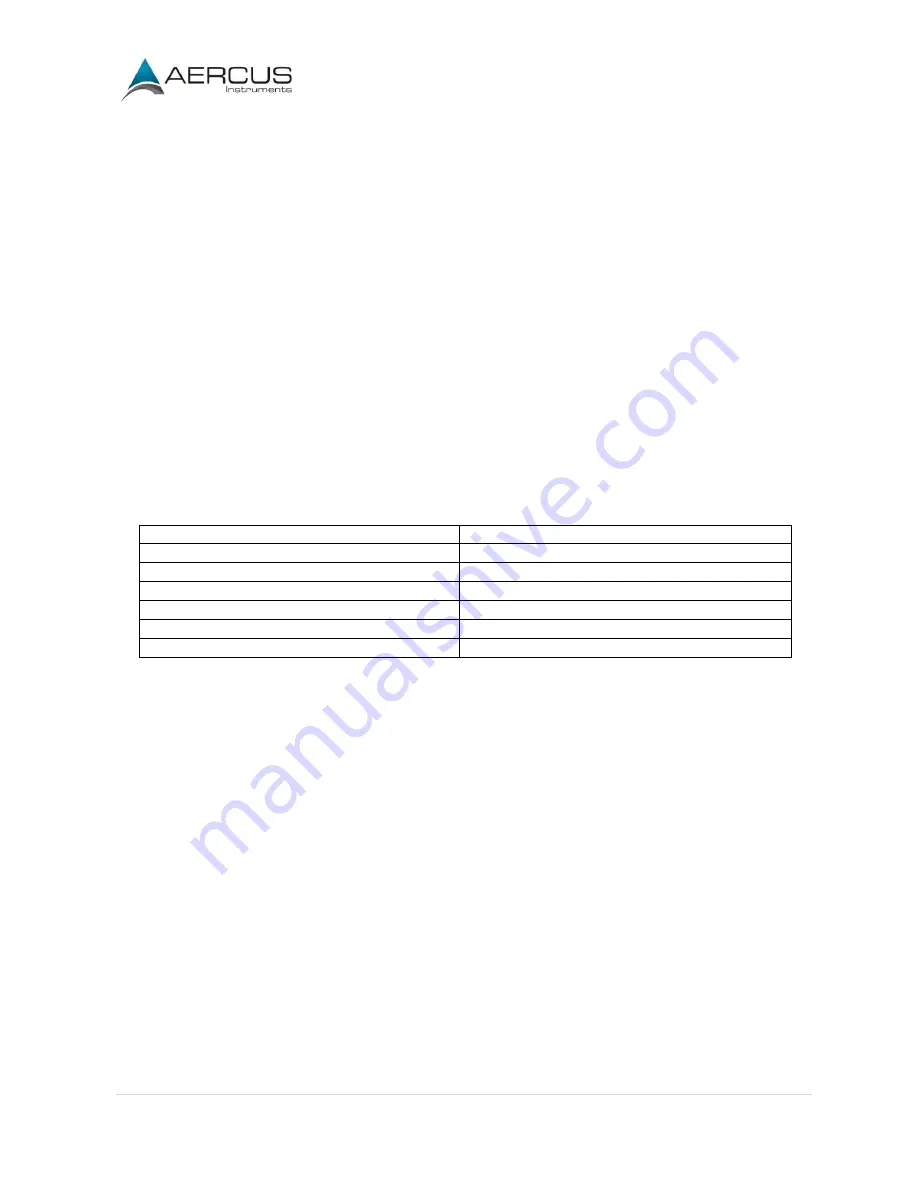
Aercus Instruments™
- WeatherRanger®
16 |
P a g e
3.5
Best Practices for Wireless Communication
Note:
To insure proper communication, mount the remote sensor(s) vertically. Do not lay the sensor(s) flat.
Wireless communication is susceptible to interference, distance, walls and metal barriers. We recommend
the following best practices for trouble free wireless communication:
1.
Electro-Magnetic Interference (EMI). Keep the console at least 1.5m away from computer
monitors and TVs.
2.
Radio Frequency Interference (RFI). If you have other 433 MHz devices and communication is
intermittent, try turning off these other devices for troubleshooting purposes. You may need to
relocate the transmitters or receivers to avoid intermittent communication.
3.
Line of Sight Rating. This device is rated at 100m line of sight (no interference, barriers or walls)
but typically you will get 20-40m maximum under most real-world installations, which include
passing through barriers or walls.
4.
Metal Barriers. Radio frequency will not pass through metal barriers such as aluminium
siding. If you have metal siding, align the sensor array and console through a window to get a
clear line of sight.
The following is a table of reception loss vs. the transmission medium. Each “wall” or obstruction decreases
the transmission range by the factor shown below.
Medium
RF Signal Strength Reduction
Glass (untreated)
5-15%
Plastics
10-15%
Wood
10-40%
Brick
10-40%
Concrete
40-80%
Metal
90-100%
3.6
Display Console
Connect the display console power jack to AC power with the power adapter (included), as shown in Figure
14.
Place the sensor array and indoor thermo-hygrometer transmitter about 1.5-3m from the display console
and wait several minutes for the remote sensors to synchronise with the display console.


